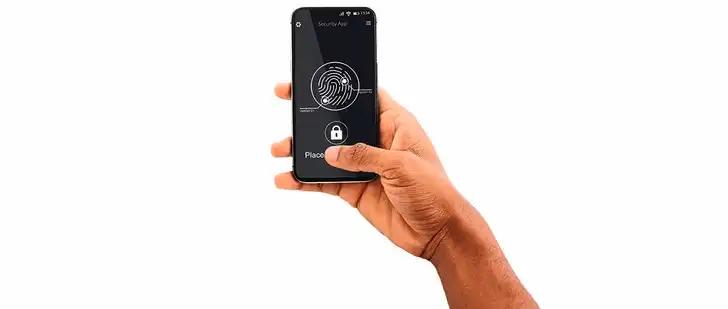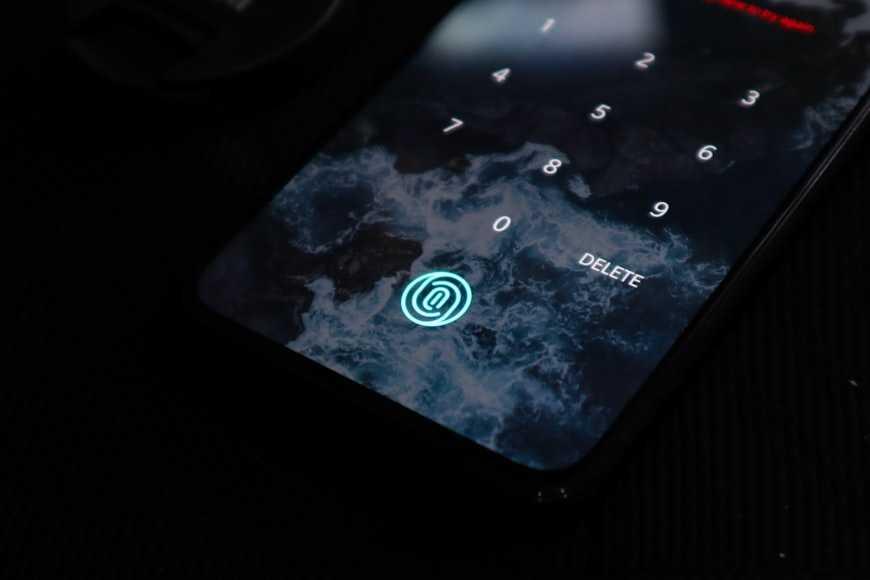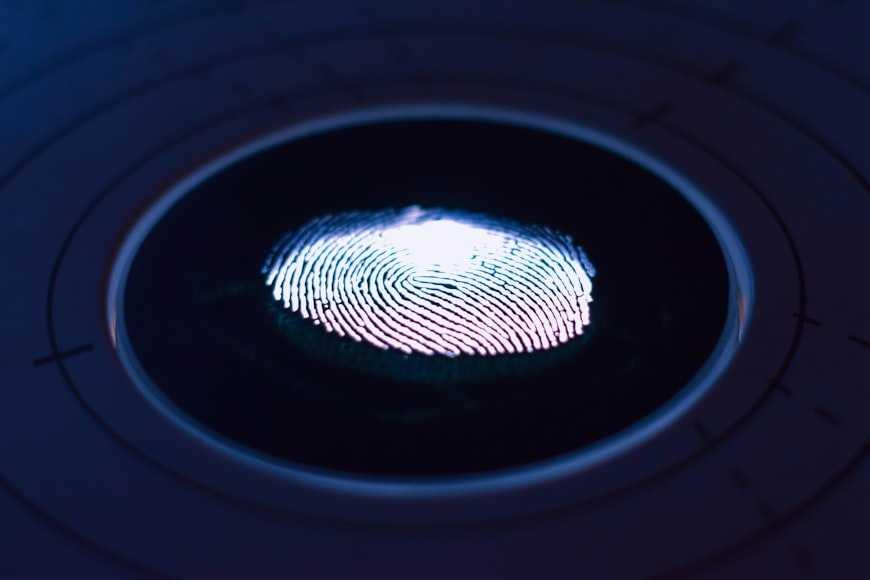How does a smartphone ‘read’ my fingerprint?
Curated from: sciencefocus.com
Ideas, facts & insights covering these topics:
3 ideas
·428 reads
11
Explore the World's Best Ideas
Join today and uncover 100+ curated journeys from 50+ topics. Unlock access to our mobile app with extensive features.
The Fingerprint Sensor Of Your Phone
Phones use one of three different technologies to read your fingerprint: optical, capacitive or ultrasonic. An optical fingerprint reader is the oldest of the three. It uses a specialised miniature camera to take a picture of your finger, often backlit with little LEDs or the phone’s screen.
Unfortunately, these sensors are easy to fool – even a good photo can trick them, so it may be combined with a capacitive sensor, the second technology, to check there is really a finger there.
10
132 reads
The Capacitive Sensor
A capacitive fingerprint sensor uses a grid of tiny capacitors that store electricity, which is discharged only at the points where your fingerprint ridges touch. An array of thousands of capacitors can then be used to map the pattern of your fingerprint. Sometimes these sensors also support swipes or force sensing.
10
162 reads
Ultrasonic Sensing
The third and most advanced form of fingerprint sensing uses ultrasonics. Much like the ultrasonic scanners used for medical purposes, an ultrasonic sound pulse is transmitted to your finger and the reflected pulse is measured.
Bats, whales and dolphins use ultrasonic to understand the shape of their surroundings; the sensors on a smartphone use it to understand the 3D shape of the ridges in your fingerprint. It can even work through the phone screen.
12
134 reads
IDEAS CURATED BY
Gary Walker's ideas are part of this journey:
Learn more about scienceandnature with this collection
The differences between Web 2.0 and Web 3.0
The future of the internet
Understanding the potential of Web 3.0
Related collections
Similar ideas
5 ideas
How to choose a fitness tracker
theverge.com
13 ideas
Venturing into Uncharted Territory: Exploring the World of Digital Smell
vedarham.medium.com
3 ideas
Read & Learn
20x Faster
without
deepstash
with
deepstash
with
deepstash
Personalized microlearning
—
100+ Learning Journeys
—
Access to 200,000+ ideas
—
Access to the mobile app
—
Unlimited idea saving
—
—
Unlimited history
—
—
Unlimited listening to ideas
—
—
Downloading & offline access
—
—
Supercharge your mind with one idea per day
Enter your email and spend 1 minute every day to learn something new.
I agree to receive email updates



